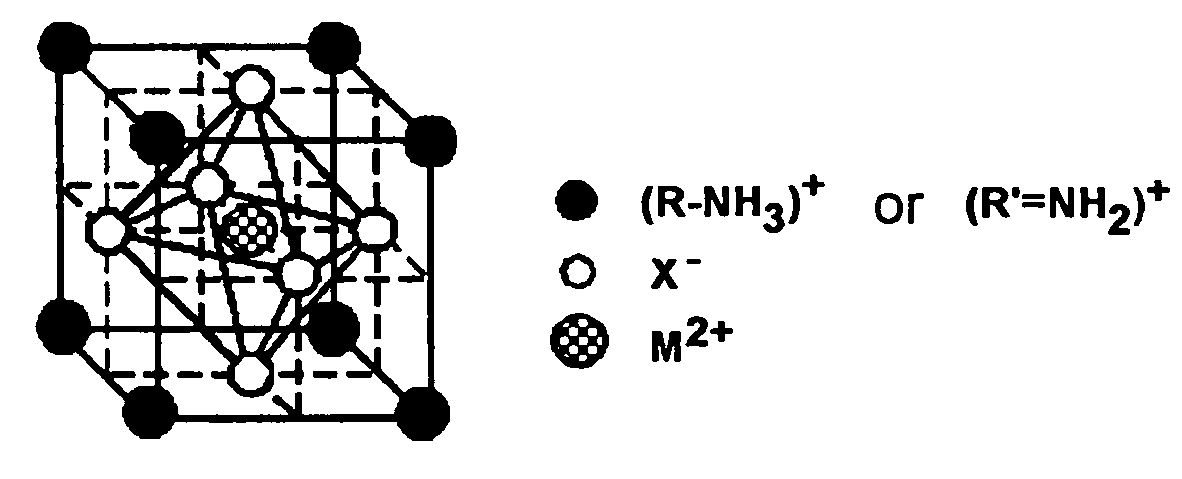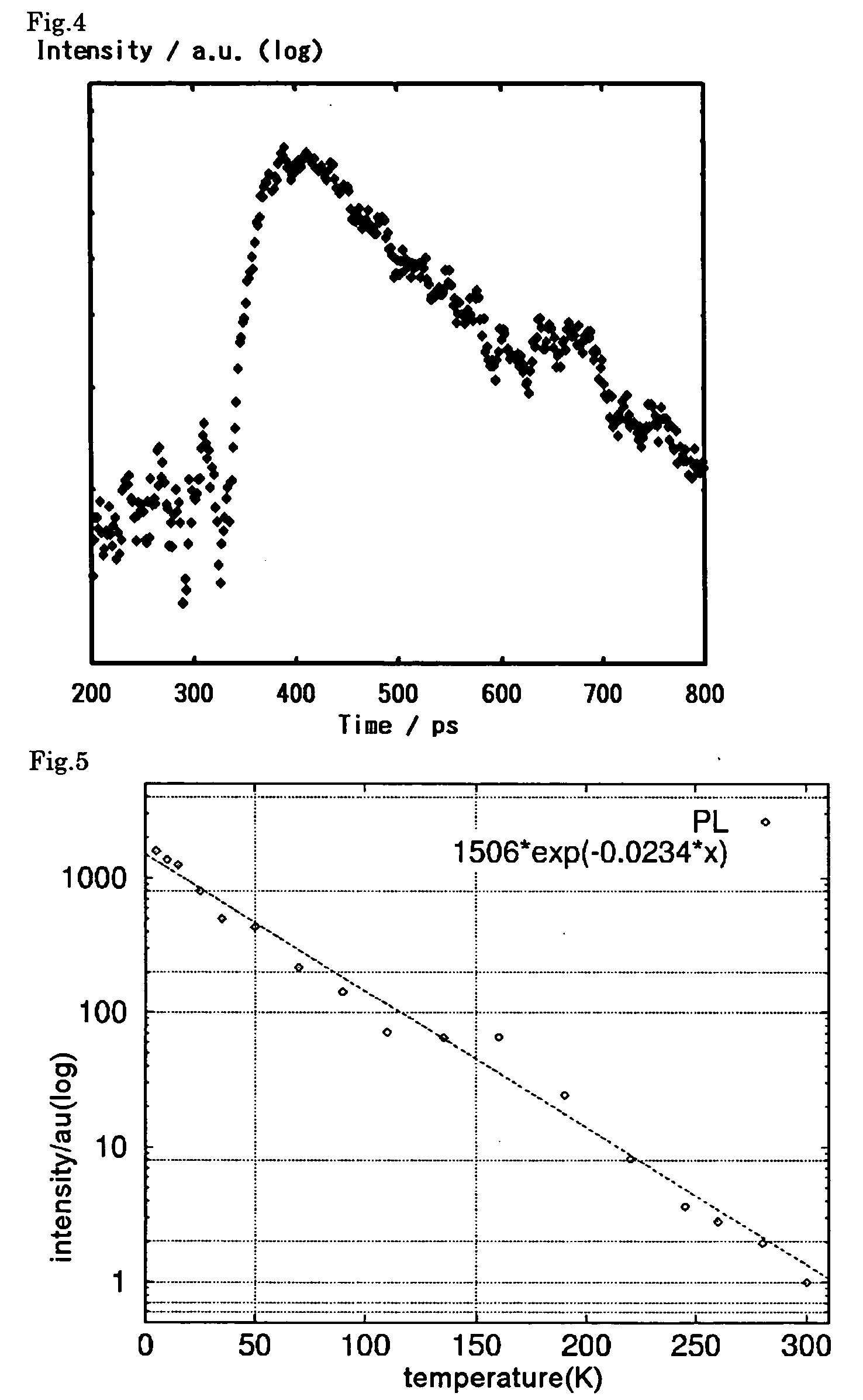Radiation detector
a detector and radiation technology, applied in the field of radiation detectors, can solve the problems of severe practical restrictions on its use and the inability to meet practical requirements, and achieve the effect of satisfying practical requirements and severe practical restrictions
- Summary
- Abstract
- Description
- Claims
- Application Information
AI Technical Summary
Benefits of technology
Problems solved by technology
Method used
Image
Examples
example 2
[0039] While varying the temperature of the single crystals manufactured in Example 1, a scintillation luminescence spectrum from the sample was measured by irradiating it with hydrogen ions of 2.0 MeV using a Van der Graaf accelerator (Tokyo University Atomic Energy Research Center). The measurement result showed an identical relation to the relation between luminescence intensity due to irradiation with ultraviolet light (He--Cd laser), and temperature.
[0040] The result of irradiation with ultraviolet light is shown in FIG. 5. Taking the reference value of luminescence intensity for NaI(Tl) as 100, the luminescence intensity of this compound at 300K was 0.075, and at 25K was 140. The luminescence intensity decreases exponentially as a function of the absolute temperature.
example 3
[0041] In this example, the single crystal manufactured in Example 1 was irradiated with .gamma.-rays, and it was confirmed that this single crystal could detect the .gamma.-rays.
[0042] A schematic view of the system used in this test is shown in FIG. 6. .sup.22Na was the sealed source of the .gamma.-rays, and the intensity was 370 Bq (Becquerels). The single crystal was sealed in a cryostat cold finger, and cooled to 40K. The luminescence was directly received by a PMT (photomultiplier, Phillips, XP4222B) attached to a quartz glass window. The signal from the PMT was amplified by an AMP, and recorded as an energy spectrum by an MCA (wave height discrimination machine). The result is shown in FIG. 7.
[0043] In FIG. 7, the solid line shows the signal intensity when the single crystal was installed and cooled to 40K. On the other hand, the black shaded part shows the noise level for the signal intensity when there is no scintillator crystal. From the difference, it can be seen that the...
PUM
 Login to View More
Login to View More Abstract
Description
Claims
Application Information
 Login to View More
Login to View More - R&D
- Intellectual Property
- Life Sciences
- Materials
- Tech Scout
- Unparalleled Data Quality
- Higher Quality Content
- 60% Fewer Hallucinations
Browse by: Latest US Patents, China's latest patents, Technical Efficacy Thesaurus, Application Domain, Technology Topic, Popular Technical Reports.
© 2025 PatSnap. All rights reserved.Legal|Privacy policy|Modern Slavery Act Transparency Statement|Sitemap|About US| Contact US: help@patsnap.com



